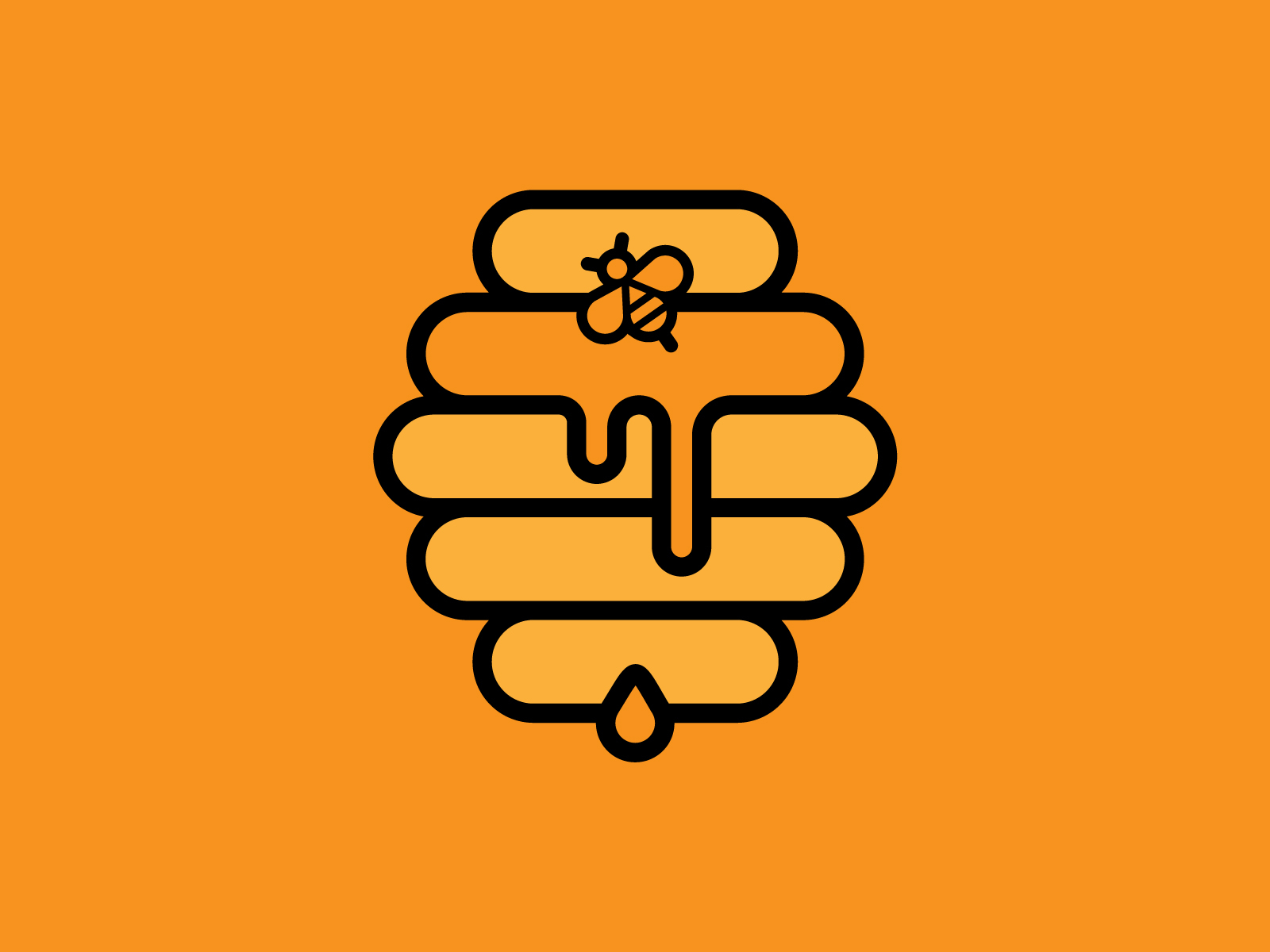
The peanut-shaped queen cells are normally built at the lower edge of the comb. The standard nest architecture for all honeybees is similar: honey is stored in the upper part of the comb beneath it are rows of pollen-storage cells, worker-brood cells, and drone-brood cells, in that order. Honeycombs are attached to the walls along the cavity tops and sides, but the bees leave passageways along the comb edges. The bees often smooth the bark surrounding the nest entrance and coat the cavity walls with a thin layer of hardened plant resin called propolis.

Most bees occupy nests for several years. Western honey bees prefer nest cavities approximately 45 liters in volume and avoid those smaller than 10 or larger than 100 liters Western honey bees show several nest-site preferences: the height above ground is usually between 1 metre (3.3 ft) and 5 metres (16 ft), entrance positions tend to face downward, equatorial-facing entrances are favored, and nest sites over 300 metres (980 ft) from the parent colony are preferred. Multiple parallel honeycombs form the hive with a relatively uniform bee space. In warmer climates, they may build exposed hanging nests members of other subgenera have exposed aerial combs. Honey bees use caves, rock cavities, and hollow trees as natural nesting sites. Honey bee nests Natural bee colony in the hollow of a tree Several patents have been issued for beehive designs. In America, hives are commonly transported so bees can pollinate crops elsewhere. These include the production of honey, pollination of nearby crops, housing supply bees for apitherapy treatment, and trying to mitigate the effects of colony collapse disorder. The bees use the cells to store food ( honey and pollen) and to house the brood (eggs, larvae, and pupae).īeehives serve several purposes. The nest's internal structure is a densely packed group of hexagonal prismatic cells made of beeswax, called a honeycomb. But for honey production, the western honey bee ( Apis mellifera) and the eastern honey bee ( Apis cerana) are the main species kept in hives.


Several species of Apis live in colonies. The term hive is used to describe an artificial/man-made structure to house a honey bee nest. Nest is used to discuss colonies that house themselves in natural or artificial cavities or are hanging and exposed.
#Bee hive logo professional
Though the word beehive is used to describe the nest of any bee colony, scientific and professional literature distinguishes nest from hive. Painted wooden beehives with active honey bees A honeycomb created inside a wooden beehiveĪ beehive is an enclosed structure in which some honey bee species of the subgenus Apis live and raise their young. For other uses, see Beehive (disambiguation).


 0 kommentar(er)
0 kommentar(er)
